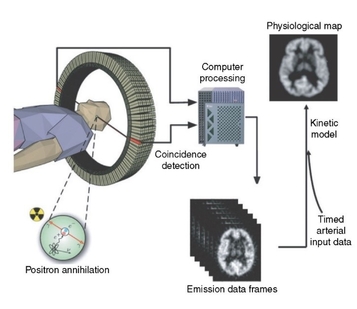SINFONIA | Radiation risk appraisal
Nuclear medicine is a medical specialty that uses radionuclides to examine organ function to diagnose and treat disease. When a radionuclide is administered into the patients, it starts to spread through the body via the blood and accumulates in the desired organ, depending on the type of the substance used. Because of the involvement of radionuclides in nuclear medicine practices, estimation of radiation dose is a fundamental step to prevent the stochastic effects of radionuclides in patients.
There are different methods that are applied to assess the doses of radionuclides delivered to different parts of the human body. These methods are mostly based on activity measurements and the application of biokinetic and dosimetric models. Biokinetic models play a central role in the dosimetry of internally deposited radionuclides. A well-defined biokinetic model help estimate patient internal dose and consequently calculate corresponding radiation risk.
In this project, we are going to define an appropriate biokinetic model for 18F-FDG using the data collected from PET imaging and blood sampling so as to estimate doses of this radionuclide in different organs. We will then use the output of the developed model to calculate radiation risk in organs with higher absorbed dose.
This is illustrated in the following graphic:






